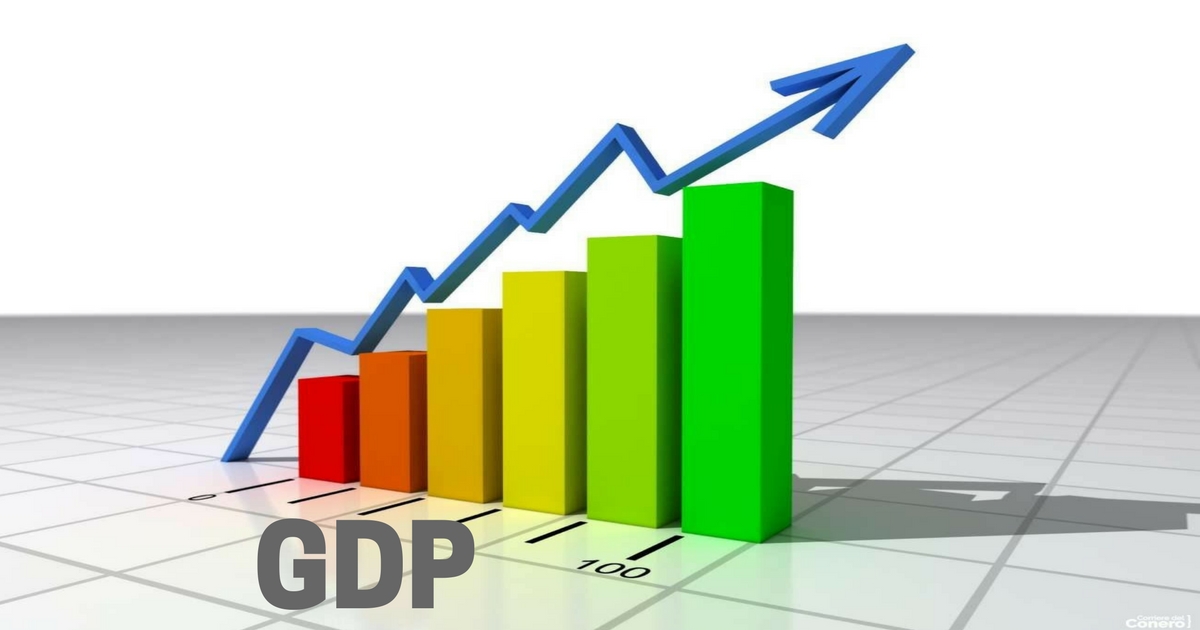The latest research by a US Federal Reserve paper says that the goods and services tax (GST) can lift India’s GDP development by up to 4.2 percent, two-fold the past gauge – as lower taxes on manufactured goods will knock up output and make items less expensive.
Also mentioned that GST could decrease wasteful aspects in the generation procedure while disposing of the present intensifying impact of various central and state duties. Named as the greatest tax change since Independence, GST will bind together around 10 indirect taxes into one to be gathered at the state and central levels.
The paper included various statements like, “GST is expected to raise overall Indian welfare and is projected to be an inclusive policy in that it would be welfare improving for all Indian states, The model suggests that GST would lead to real GDP gains of 4.2 percent under the baseline assumptions, driven by a surge in manufacturing output… GST would raise overall welfare by 5.3 per cent in India.”
Read Also: GST Online Payment Guide for Petty Tax Payers India
In the International Finance Discussion Paper (IFDP), the US Federal specialists said GST is an ‘inclusive policy’ which is additionally anticipated that would cut down general local and international trade issues.
The Fed look into note stated that accepting the total weighted GST rate i.e. 16 percent, there would be the sure effect on genuine GDP of 4.2 percent. Under the current structure, at each stage, extra taxes are connected to the after-tax value of every goods and service.
The fundamental reason for GST is to take out this intensifying impact by setting the tax rate, where goods can be categorized in the four rate slabs of 5, 12, 18, and 28 percent. The GST regime is as of now anticipated that would be taken off in July.
GST’s effect on GDP development as evaluated by Fed market analysts is substantially higher than the 1-2 percent speculated by the Indian government. The International Monetary Fund (IMF) earlier said that GST could help raise India’s medium-term GDP development to more than 8 percent and make a solitary national market for upgrading proficiency of development of goods and services. Indeed, even the World Bank has said that a smooth usage of GST could turn out to be a critical push to the monetary movement as development could get to 7.2 percent in 2017-18 and further to 7.5 percent in 2018-19.
Trending Topic: What is GST E-Way Bill and Why people are opposing it?
The Fed note likewise said GST is required to diminish general residential and international trade boundaries, which then helps welfare since purchasers have entry to less expensive items. GST will raise welfare for all states and is subsequently assessed to be an “inclusive” policy. In any case, the note advised that if the total GST rate is expected at 20 percent, then there will be the lesser positive effect of 3.1 percent on GDP.
At 20 percent, the GDP impact will be moderately similar and will be dispersed crosswise over states making port states in better condition. This is on the grounds that non-port states advantage relatively less from an international trade progression as regardless they confront household trade obstructions to transport goods to and from the port.
The paper also mentioned that “By simplifying the current complex tax system, GST is expected to broaden the overall tax base through increased transparency and compliance, The current system encourages production chains within the state, which could be sub-optimal.”
However, the creators to the note – Eva Van Leemput and Ellen A Wiencek – have given certain changes in the examination, saying the effect of GST ought to be translated as a long-run impact. Additionally, if the tax rate on services is higher than the present tax level, it could undermine the general impact.
